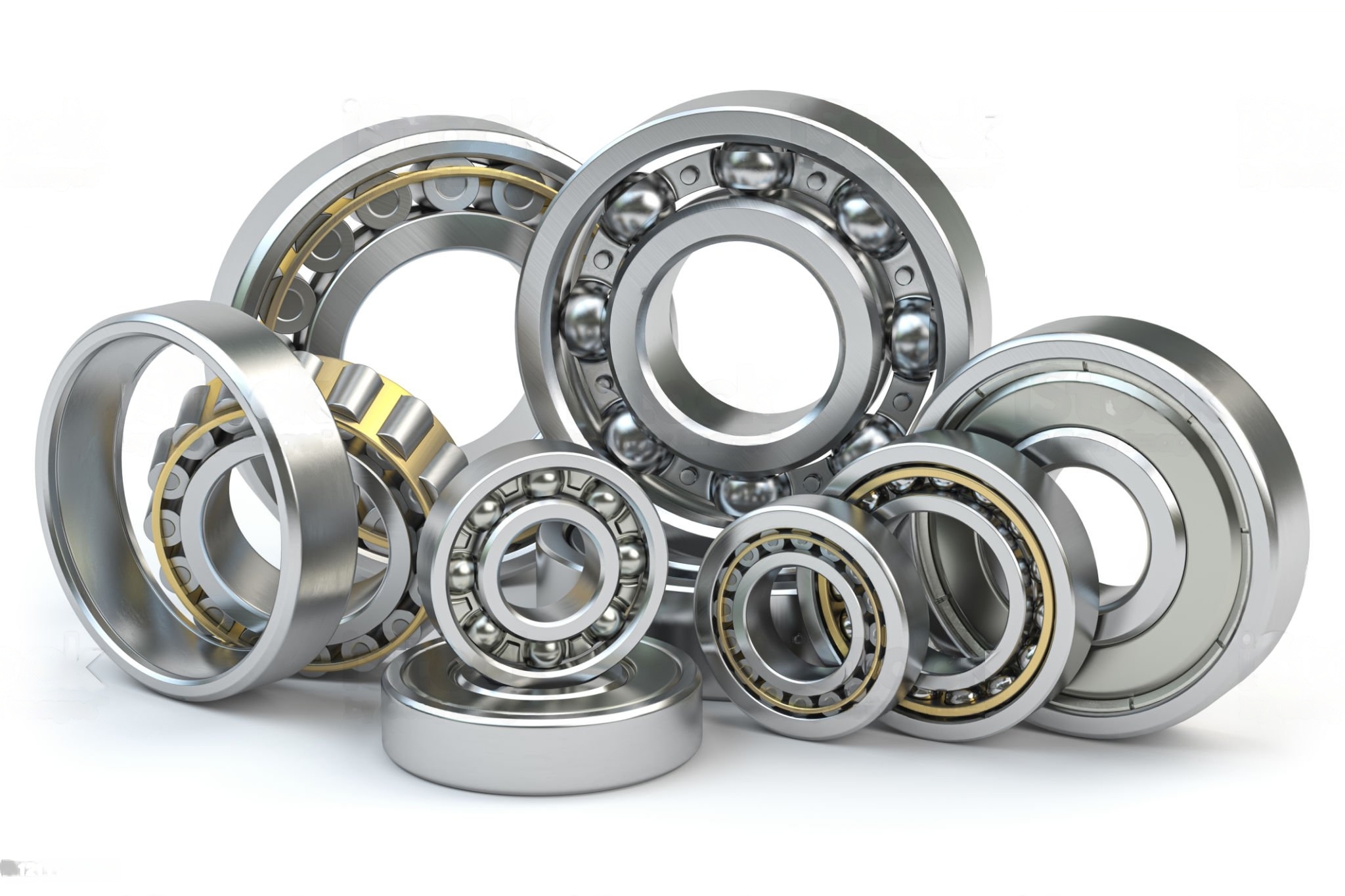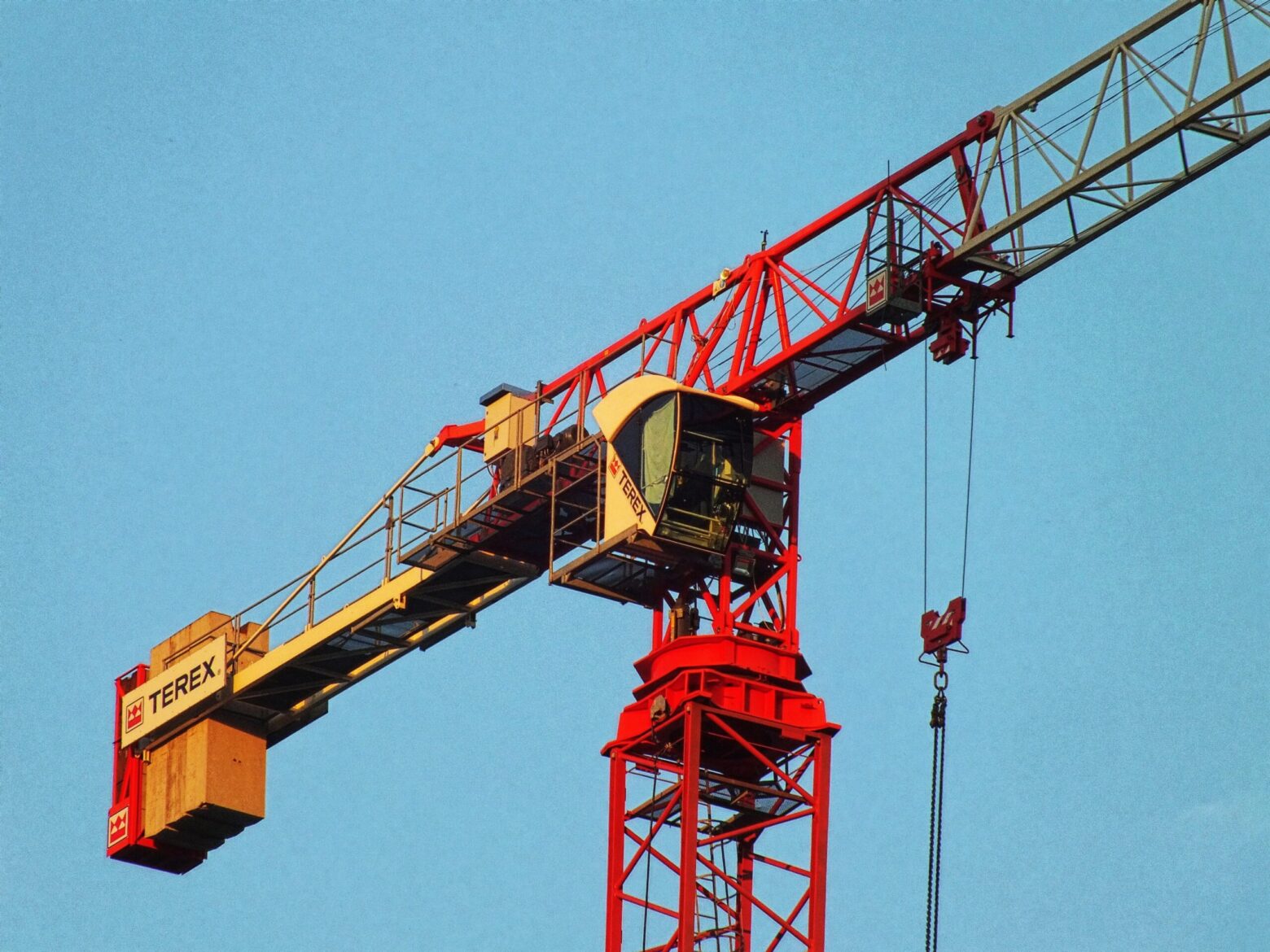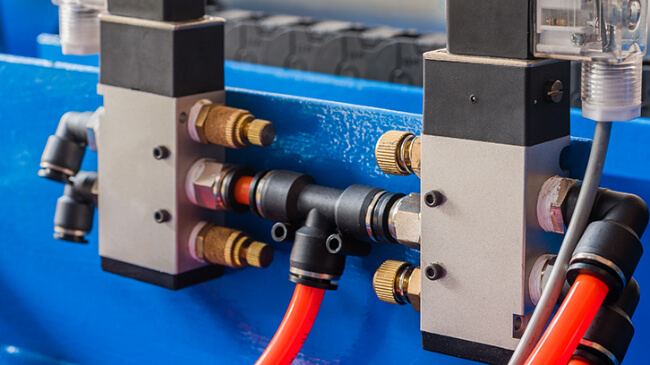Bearings are one of the unsung heroes of the mechanical world. Without them, we would be stuck in an age where machines could hardly function to their full potential. They make our lives easier every day without us even realizing it! From tiny motors to massive turbines, bearings play a vital role in allowing these machines to perform optimally. In this blog post, we’ll dive into the world of bearings and explore what they are used for, the various types available and how they work to keep our modern-day machinery running smoothly! So let’s get started!
Applications of Bearings
Bearings are utilized in various applications to reduce friction and ensure smooth rotation or movement. The most common application of bearings is in machinery, where they support the shafts that rotate and allow components to move smoothly. Bearings can also be found in household appliances such as washing machines, vacuum cleaners, and ceiling fans.
In the automotive industry, bearings are essential for engine parts like crankshafts, camshafts, wheels, steering systems and transmissions. They help reduce wear and tear while improving efficiency by reducing friction between moving parts.
Another noteworthy application of bearings is in aviation technology. Aircraft engines have multiple bearings that enable them to function with maximum performance at high altitudes. In addition to this field, the aerospace industry uses ball bearings on spacecraft’s reaction wheels which provide precise control over orientation while minimizing power consumption.
Bearings play a vital role in medical equipment like MRI machines and surgical tools where ultra-smooth motion without any noise or vibration is required. Lastly but not leastly (if I may use this phrase), bearing technology has revolutionized renewable energy generation by allowing turbines to harness wind or water power more efficiently with less maintenance due to smoother operation thanks again…to these amazing inventions – BEARINGS!
Dive into Diversity
When it comes to bearings, diversity is the name of the game. These critical machine components come in a variety of shapes, sizes and materials that can be adapted for a wide range of applications.
Bearings can be made from metals like steel and bronze or synthetic materials like nylon and Teflon. They may also feature different types of lubricants depending on their specific use case.
Aside from construction material differences, there are many kinds of bearings available as well. Some common varieties include sliding element bearings, which allow two surfaces to slide past each other with minimal friction. Other popular options include ball bearings, roller bearings, taper bearings and fluid bearings.
Each type has its own unique set of characteristics that make them ideal for certain applications over others – some offer higher load capacities while others provide better resistance to corrosion or overheating issues.
The diverse range of bearing options makes it possible to find a solution for virtually any mechanical system need – whether that’s improving efficiency in manufacturing lines or prolonging the life span of heavy machinery equipment used in construction sites!
Types of bearings

There are various types of bearings that are used in different applications. Some common types of bearings include roller bearing, ball bearing, taper bearing, fluid bearing, flexure bearing, cylinder bearing, needle bearing, magnet bearing and linear bearings.
Roller bearings consist of cylindrical rollers that have a high load capacity and reduced friction. Ball bearings use balls to reduce friction and allow for smooth rotation. Tapered bearings can handle both radial and axial loads due to their unique cone-shaped design.
Fluid bearings utilize a thin layer of oil or liquid instead of solid surfaces to minimize friction and provide long-lasting durability. Flexure bearings work with small deflections without any relative motion between the parts.
Cylinder bearings are commonly used in automotive engines where they support rotating shafts. Needle roller bearings offer high load capacity while taking up minimal space due to their slender cylindrical shape.
Magnetic Bearings rely on magnetic fields for stability rather than physical contact making them ideal for sensitive equipment such as MRI machines or semiconductor manufacturing tools.
Linear Bearings facilitate linear movement by using rolling elements instead of sliding ones allowing smoother operation over longer travel distances.
There is a wide range of diverse types of available options when it comes to choosing the right type of Bearing required for your application needs!
Sliding Element Bearings
Sliding element bearings, also known as journal bearings, rely on a thin layer of lubricant between two surfaces to reduce friction and wear. These bearings consist of a stationary outer shell and a rotating inner surface that slides against it.
The lubricant can take many forms including oil, grease or even water depending on the application. As the bearing rotates, the continuous supply of lubricant ensures that there is no direct contact between the two surfaces which prevents damage due to heat buildup.
Sliding element bearings are commonly used in applications where low speed and high loads are present such as in heavy machinery like turbines or engines. They have proven to be effective at reducing friction during startup and shutdown cycles.
Over time however, sliding element bearings can experience wear due to the sliding action involved. This means regular maintenance is required for optimal performance and longevity.
Sliding element bearings offer an effective solution for many industrial applications where durability and reliability are key factors in success.
Conclusion
Bearings are essential components in various machines and equipment that we use every day. From small household appliances to large industrial machinery, bearings play an important role in ensuring smooth operation and reducing friction. Understanding the different types of bearings can help us make better decisions when choosing the right one for a specific application.
Whether it’s a roller bearing, ball bearing, taper bearing, fluid bearing, flexure bearing, cylinder bearing, needle bearing, magnet bearing or linear bearing – each has its unique features designed for specific purposes. With continued advancement in technology and engineering designs, there is no limit to what future innovations could bring to the world of bearings.
At the end of the day – Bearings have been around for centuries but even today they continue to evolve with new technologies emerging constantly bringing out more efficient ways on how things work. A perfect example of this is how magnetic levitation (maglev) train systems rely heavily upon magnetic bearings which allows them to reach speeds that conventional trains can only dream about!



Such a grate informative post , love from Shoaib Janjua Facebook friend
Thank you Shoaib Janjua 🙂